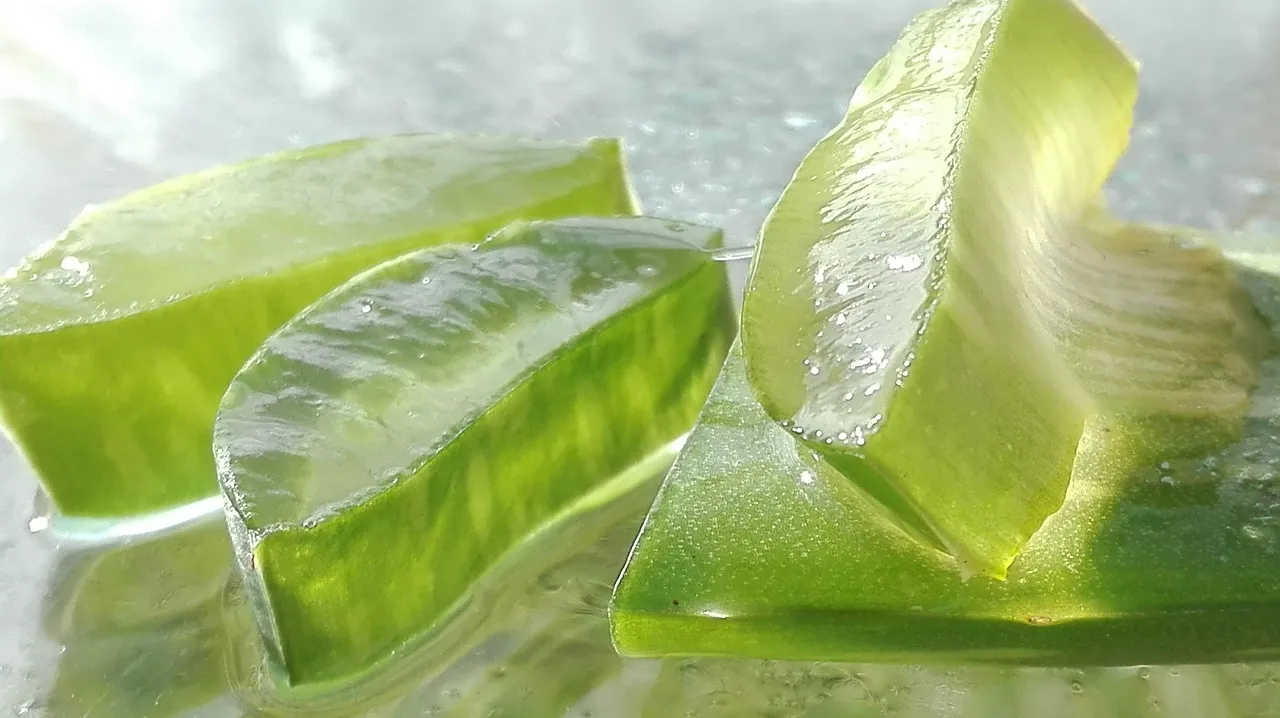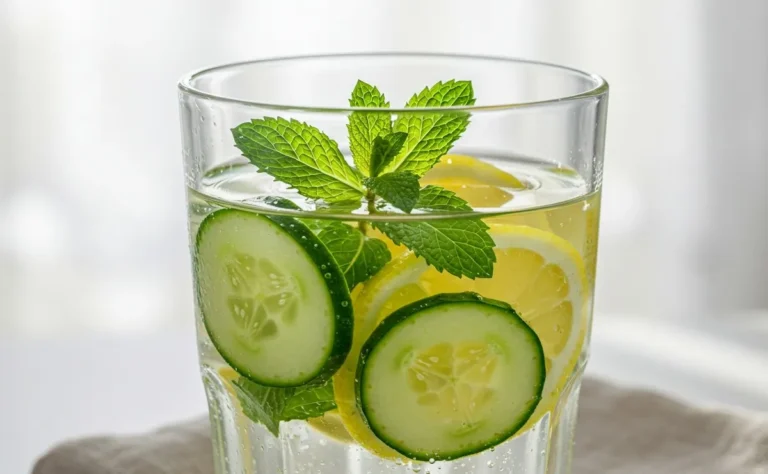Aloe vera, commonly known as aloe, has become one of the most representative plants for treatments with natural ingredients.
Whether used as a main ingredient in a cosmetic product or as a natural ointment to treat burns, the uses and benefits of this plant are unmatched.
However, this ingredient is still surrounded by many claims that require further study to be scientifically confirmed. Below we will study in more detail some of the most well-known claims and contradictions about this plant.
The rise of natural medicine
It is no secret that natural medicine is experiencing a renaissance in today’s society.
Thanks to all the knowledge and easy access to information available today, it was only a matter of time before public opinion tipped the scales in favor of natural ingredients.
Today we are much more aware of the consequences of excessive use of artificially produced chemicals and complexes.
The aggressive industrialization that agricultural markets have suffered has been a phenomenon that has brought many health problems to a large part of the world’s population.
This new appreciation by consumers for ingredients of natural origin has forced many companies to make significant changes to their products. Among the industries that have made a 180° turn, those dedicated to beauty and personal care stand out.
Just take a short walk down the cosmetics aisle to find shelves lined with creams, ointments, and salves made primarily from natural ingredients.
Thus, in treatments to repair damaged hair or rejuvenate dry skin, the use of ingredients of natural origin is becoming more frequent.
Topping the list of most popular ingredients is aloe vera.
Since humans began to take their first steps on earth, they have made use of the medicinal and healing power of plants.
And once again, humanity is turning to them. But this time, they are presented as a less harmful and safe alternative to the products offered by large companies.
The Internet is full of blogs and websites filled with recipes using natural ingredients to create homemade beauty treatments or to treat some type of ailment.
Thus, we can see how the properties of aloe, green tea, avocado, or coconut oil can be of great help in our daily lives if we learn to use them properly.
Origin of aloe vera
It’s hard not to be intrigued and at the same time impressed by all the science and history surrounding this plant from the succulent family.
Although aloe is a plant that is usually seen more frequently in the American continent, if we investigate its history carefully, we will realize that this plant is native to the Arabian Peninsula, a region that extends from Africa to Asia.
One of the most notable characteristics of this territory is that it has an arid climate with little humidity except for some regions that are closer to the coasts.
Considering this, we can understand why aloe is a plant that requires very little maintenance.
This quality makes it a plant that can survive without any problems inside an apartment. We would only have to place it near a window to ensure that it receives enough sunlight and water it with a little water once a week.
There is currently a very intense debate among specialists about where the scientific name of the plant “aloe vera” comes from. One of the most accepted arguments is that the term aloe is a Latin variant of the Greek word “also”, which means bitter.
But despite its Arab origin, it is in America where the largest number of aloe plantations destined for the production of industrial products exist.
Mexico leads the list of countries where aloe is an essential part of the gross domestic product. In the state of Tamaulipas alone, a total of 158 thousand tons of this plant are exported each year.
Another interesting fact about this plant is that there are currently a total of 525 known species within the same family.
Now, as far as its chemical composition is concerned, the gel secreted by the plant is highly rich in sugars such as glucose, galactose, and arabinose; and it also has considerable amounts of uronic acids and fructose.
What is aloe vera used for?
It is well known that nature is full of ingredients with many medicinal properties, but very few are as versatile and have as many applications as aloe.
When it comes to hydration and cell regeneration, no other product is even capable of trying to replicate the results obtained by applying aloe vera.
Although the smell given off by the gel extracted from this plant is not very pleasant, this is compensated by the moisturizing sensation it leaves on the skin.
Many important studies have proven that the high content of hydrolyzed sugars in aloe vera gel helps remove dead skin cells. It also serves as a natural stimulant to accelerate collagen production.
It is not for nothing that skincare experts consider aloe to be the undisputed queen when it comes to anti-aging treatments.
But it is not only our skin that benefits from all the benefits that this plant has. This ingredient is also a fundamental part of many treatments for the recovery and care of the scalp.
This is partly because aloe vera is packed with vitamin complexes A, B, C, and E. As if this were not enough, the gel from this plant contains enzymes that stimulate the healthy growth and recovery of the follicles that make up the scalp.
However, the benefits of aloe are not limited to complementing and revitalizing the aesthetics of the cells that make up our skin.

Aloe gel is also extremely rich in elements such as zinc, calcium, magnesium, and potassium. This makes it ideal for both disinfecting and accelerating the healing process of wounds.
Natural treatments based on this ingredient are highly recommended by the medical community to treat burns and acne breakouts, as well as diseases such as psoriasis.
Many specialized websites have determined that aloe vera has all the properties to be a good laxative. However, they warn that for this purpose, the plant should be administered in very small doses and should not be used frequently.
Based on all of the above, it is abundantly clear that in the age of the resurgence of natural medicine and treatments, there is nothing that compares to aloe vera.
Main benefits of aloe vera
Nowadays, natural beauty products and treatments based on aloe vera gel are becoming increasingly popular among the general public.
And as we saw earlier, all the hype and fascination about the hydrating properties of this plant is well justified.
When we talk about aloe, we are not just talking about a plant that we could comfortably have in our home. We are referring to an ingredient with hydrating and rejuvenating qualities on par with any compound created in laboratories.
However, although many people and websites claim that the results obtained with this ingredient are almost miraculous, in reality, they respond to basic scientific principles.

One of the main characteristics of the gel extracted from aloe vera is that when applied to a specific area it is absorbed almost instantly. This makes the ingredient extremely effective in treating both first and second-degree burns.
In addition, almost 95% of the plant is composed mainly of water and is extremely rich in galacturonic acids, a chemical compound common in many fruits.
Scientific studies have shown that when this acid comes into direct contact with the cells that make up the skin, it not only helps to remove dead tissue but is also ideal for stimulating the body’s natural production of collagen.
The demand for formulas based on natural ingredients has increased considerably in the global market. And products made with aloe vera are among the most popular.
Although there is still much to be discovered regarding the benefits of aloe vera, there are some that modern science has managed to confirm, and we present them to you below.
Hair growth
The gel obtained from aloe vera is loaded with minerals and vitamin complexes that strengthen and stimulate the healthy growth of hair follicles.
However, the benefits of aloe vera in terms of hair care are not limited only to hydration and recovery of hair damaged by heat or dyes. This plant has also been shown to be effective in removing dead skin cells that cause dandruff.
Anti-aging
As we have previously mentioned, the gel extracted from aloe vera is loaded with essential vitamins that stimulate collagen production.
This protein is responsible for giving the skin its elastic qualities and renewing the epidermal tissue at the cellular level. Currently, among commercially produced cosmetics, anti-wrinkle treatments based on this plant abound.
Skin regeneration
While the most common use of aloe is as a moisturizer, it has recently been shown to also work to oxygenate and exfoliate the skin.
Since the gel is absorbed extremely easily, this makes it a great stimulant of cellular activity. Aloe vera cleans, moisturizes, disinfects, and removes dead cells from the area where it is applied.
Contraindications
Although there is no doubt that aloe is an extremely beneficial natural ingredient for the health of our skin and hair, the Internet is plagued with many myths or claims that still require scientific support.
Taking advantage of the interest that exists around this plant, many digital portals and media outlets have begun to leak information that is not entirely reliable.
Every one of the benefits we have outlined above is supported by scientific evidence, which is corroborated by data obtained from various studies.
When it comes to aloe vera, two by-products can be obtained from each leaf of the plant. One is the transparent gel found inside the leaf and the second is a yellow latex.
Although the latter is perhaps the least used by most of us, it has been proven that the latex secreted by this plant is ideal for treating constipation.
But all botanical and health experts warn that it should not be taken in very large doses or too frequently, as excess of this substance can cause severe kidney problems and even dehydration.
Recent research has also shown that unprocessed aloe latex contains chemicals that are possibly carcinogenic.
Many reliable sources also warn of the dangers of ingesting this plant byproduct along with other over-the-counter medications. If a diabetic person ingests aloe as a supplement to their treatment, they could experience dangerously low blood sugar levels.

All this leaves aloe latex in a very bad position compared to the gel extracted from it. But we must not forget that we are talking about latex extracted directly from the plant.
Hundreds of laboratories make use of this ingredient as a key component of many commercial treatments for constipation. Of course, they have the proper equipment and facilities to process and work with this latex properly.
There is still much to learn about aloe and its possible uses in medicine. But the truth is that if we want to enjoy the benefits of this natural product, we need to learn how to treat it properly.
Conclusion
Natural medicine is certainly more than just a fad. Medicinal plants have been around since the dawn of humanity and will continue to exist in the future.
Plants, minerals, and products that can be obtained from the earth will always be the alternative par excellence to treat any ailment.
And there is no better example of the benefits and advantages of natural products when used appropriately, than the particular case of aloe vera.
It is curious how, right in the era of modern medicine, public opinion has led us to currently experience a renaissance of natural medicine.
Recipes, treatments, and data corroborating their benefits abound both on the Internet and in traditional media. However, it is never a good idea to let your guard down completely.
It is necessary to be very judicious and begin to cultivate the habit of investigating on our own to corroborate the information that is provided to us.
Aloe vera, like many other natural products, is in that middle ground where it is not clear where the myth ends and the information corroborated by science begins.
To analyze all the information provided regarding this plant, we need to be very aware that there is no such thing as a “miracle cure.”
As we have seen here, all the confirmed properties and benefits of aloe have a scientific explanation to better clarify the reason.
What science has allowed us to confirm is that when it comes to moisturizing the skin, anti-aging treatments, wound healing, and hair care, no ingredient has as many applications and is as efficient in each of these cases as aloe .























+ There are no comments
Add yours